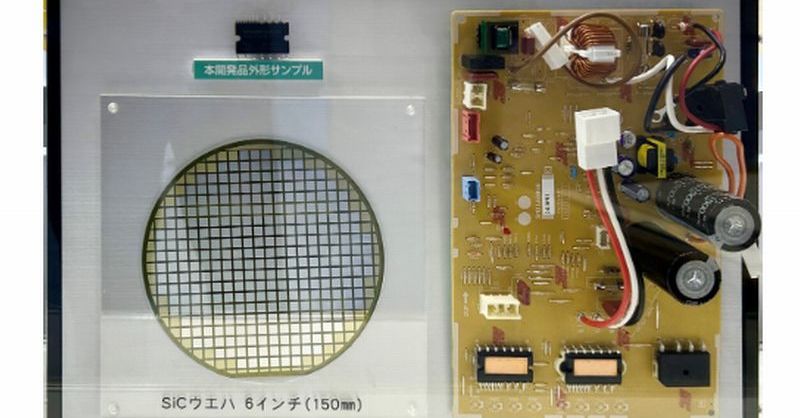Energy-Saving Air Conditioners: The Rise of SiC and Si Chip Technology
The quest for energy efficiency is driving innovation across multiple sectors, and the air conditioning industry is no exception. Traditional air conditioners consume significant amounts of energy, contributing to both high electricity bills and a larger carbon footprint. However, a new generation of energy-saving air conditioners is emerging, leveraging the power of Silicon Carbide (SiC) and Silicon (Si) chip technology to deliver significant improvements in efficiency and performance. This article delves into the exciting advancements in SiC and Si chip technology and how they are revolutionizing the air conditioning landscape.
The Energy Efficiency Challenge in Air Conditioning
Air conditioners are essential for comfort and productivity, especially in warmer climates. However, their energy consumption remains a major concern. Traditional compressor-based systems often suffer from significant energy losses due to heat generation and inefficient power conversion. This translates to:
- Higher electricity bills: Consumers face escalating costs associated with running their air conditioners.
- Increased carbon emissions: The high energy consumption contributes significantly to greenhouse gas emissions.
- Strain on power grids: Peak demand during hot weather puts immense pressure on electrical infrastructure.
SiC and Si Chips: A Technological Leap Forward
The integration of Silicon Carbide (SiC) and Silicon (Si) chips offers a compelling solution to these challenges. These advanced semiconductor materials boast superior properties compared to traditional materials used in power electronics:
-
SiC's Superiority: SiC offers significantly higher switching frequencies and improved thermal conductivity compared to silicon. This allows for smaller, lighter, and more efficient power converters, reducing energy losses during operation. SiC MOSFETs (Metal-Oxide-Semiconductor Field-Effect Transistors) are at the forefront of this revolution.
-
Si's Role in Optimization: While SiC handles the high-power aspects, advancements in silicon chip technology, particularly in control algorithms and digital signal processing (DSP), further enhance efficiency. Smart control systems using Si chips optimize the air conditioner's operation based on real-time conditions, minimizing energy waste.
How SiC and Si Chips Improve Air Conditioner Efficiency
The synergistic combination of SiC and Si technologies leads to several key improvements:
- Reduced Energy Consumption: By minimizing energy losses during power conversion and optimizing the cooling cycle, SiC and Si-based air conditioners consume significantly less electricity.
- Improved Power Factor: SiC-based inverters lead to a higher power factor, reducing the reactive power drawn from the grid and improving overall system efficiency.
- Smaller and Lighter Units: The higher switching frequency of SiC allows for the use of smaller and lighter transformers and other components, making the air conditioners more compact and easier to install.
- Enhanced Reliability and Durability: SiC's superior thermal performance and resilience to harsh conditions lead to improved reliability and a longer lifespan for the air conditioner.
- Quiet Operation: Improved efficiency often translates to quieter operation as the components don't have to work as hard.
The Future of Energy-Efficient Air Conditioning
The adoption of SiC and Si chip technology is still in its early stages, but its potential is immense. As production scales up and costs decrease, we can expect to see a wider range of energy-efficient air conditioners entering the market. This technological leap forward is not just beneficial for consumers but also crucial for achieving global sustainability goals by reducing energy consumption and carbon emissions.
Looking Ahead: Further Innovations
Research and development continue to push the boundaries of SiC and Si technology in air conditioning. We can anticipate:
- Improved control algorithms: Further advancements in AI and machine learning will enable even more precise and energy-efficient control of air conditioning systems.
- Integration with smart home technology: Seamless integration with smart home ecosystems will provide users with greater control and optimization capabilities.
- Development of new refrigerants: Combined with advancements in refrigerant technology, SiC and Si chips will help create highly efficient and environmentally friendly cooling solutions.
Call to Action: Stay informed about the latest advancements in energy-efficient air conditioning by following industry news and researching available models. Choosing an energy-efficient air conditioner is a smart investment for both your wallet and the environment.
